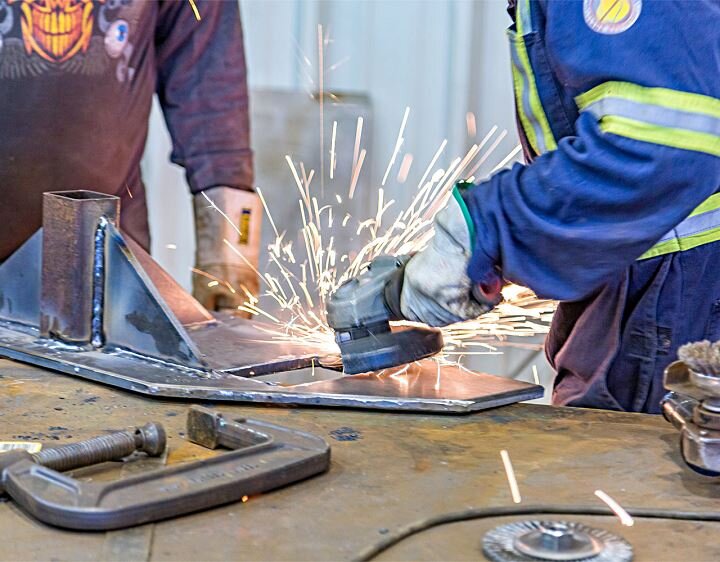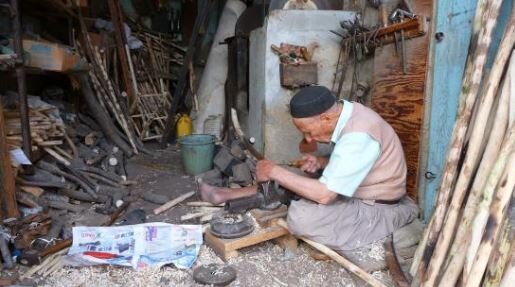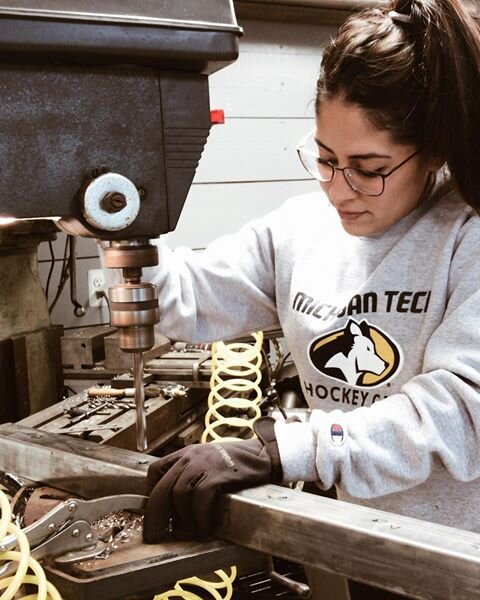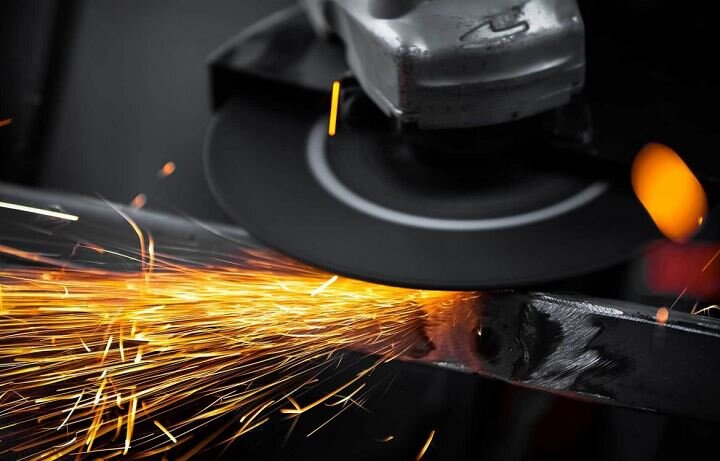 Industrial Artisan Fabrication
Industrial Artisan Fabrication
Charles R. Goulding & Preeti Sulibhavi of R&D Tax Savers examine 3D printing applications in artisanal fabrication.
At our tax consulting firm we tend to categorize our design clients as architects, engineers and as a wide range of other product designers. Our product designer client base includes, but is not limited to, lighting, wood-working, metal shop, cabinet-making, kitchen design, interior design, office furniture, glass, stone workers and sculptors. Increasingly, we are seeing a growing number of what we call Artisian Fabricators.
Historically an artisan was defined as someone who worked with their hands. Artisan fabricators are a team of designers, skilled craftspeople, artisans, and makers. Working with various creative industries, artisan fabricators provide a wide range of services that includes: retail displays, architectural interiors, events, props/sets, and fine art. Becoming more prevalent is a new type of business which is composed of professionally trained designer architects, engineers and designers who are actually fabricating end-use objects. The Artisan class we are seeing not only works with their hands but they use today’s design software, machine tools and 3D printing to actually fabricate a product. Frequently these new designer artisan fabricators are the sons and daughters of trades craftsmen.
Prior generation craftsmen encouraged their children to get formal professional training but after receiving a formal university education, the succeeding generation appears to have retained an affinity for actually making, or crafting, something as their parents did.
 Traditional Artisan
Traditional Artisan
Artisan fabricators may be entitled to R&D tax credits for both their innovative design and for innovative fabrication activities including modeling, prototyping and process improvements. Process improvements being defined as a systematic approach to closing of processes or system performance gaps through streamlining and cycle time reductions; and, identification and elimination of causes of below specifications quality, process variation, and non-value-adding activities.
 Technological Artisan Fabricator
Technological Artisan Fabricator
The Research & Development Tax Credit
Enacted in 1981, the now permanent Federal Research and Development (R&D) Tax Credit allows a credit that typically ranges from 4%-7% of eligible spending for new and improved products and processes. Qualified research must meet the following four criteria:
-
Must be technological in nature
-
Must be a component of the taxpayer’s business
-
Must represent R&D in the experimental sense and generally includes all such costs related to the development or improvement of a product or process
-
Must eliminate uncertainty through a process of experimentation that considers one or more alternatives
Eligible costs include US employee wages, cost of supplies consumed in the R&D process, cost of pre-production testing, US contract research expenses, and certain costs associated with developing a patent.
On December 18, 2015, President Obama signed the PATH Act, making the R&D Tax Credit permanent. Since 2016, the R&D credit has been used to offset Alternative Minimum Tax (AMT) for companies with revenue below $50MM and, startup businesses can obtain up to $250,000 per year in payroll tax cash rebates for up to five years.
Moving Forward…
 Artisan Welding Fabrication
Artisan Welding Fabrication
In our view, artisan fabricators have a very rewarding profession because they can convert their ideas into final products.
Today’s technology, including 3D printing, is replacing some time-consuming and costly handmade work. The R&D tax credit can reward this creative integrated design and help build a successful creative business enterprise.

